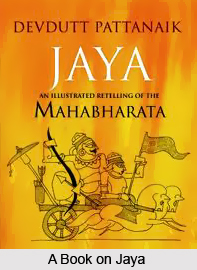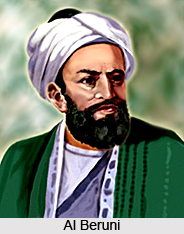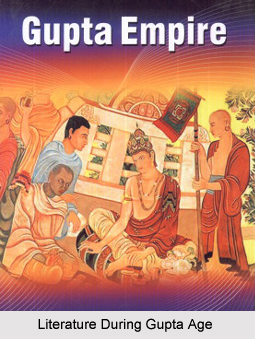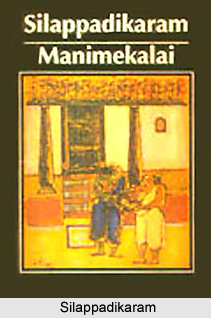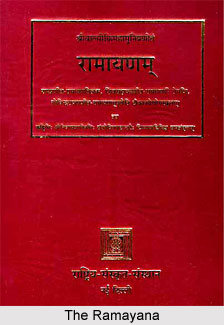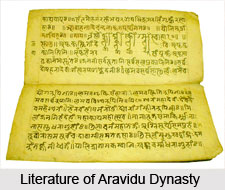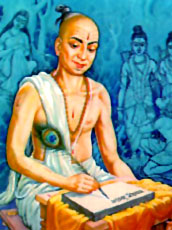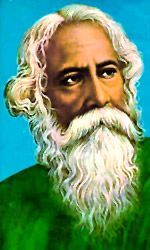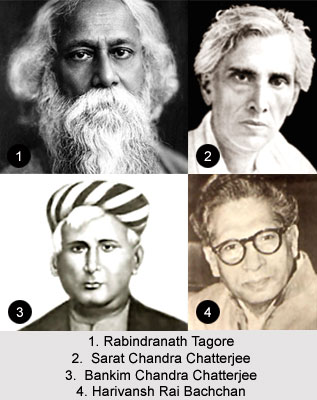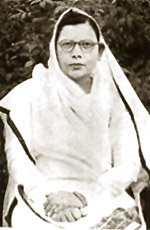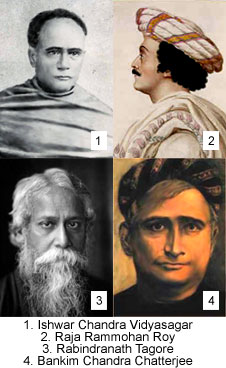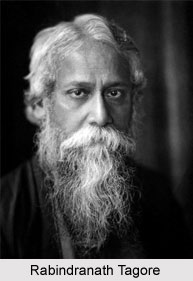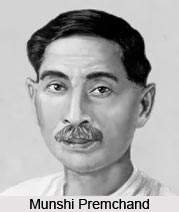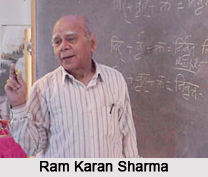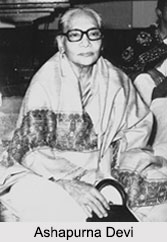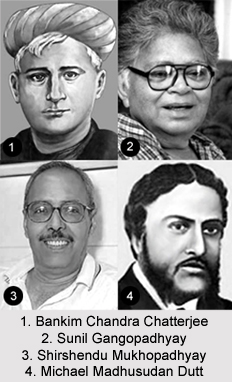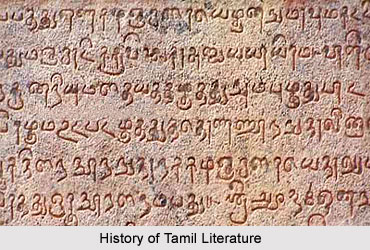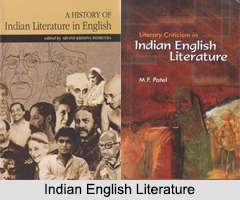Ballads in Assamese literature comprise of one of the earliest components of Assamese literary works. The study the folk-lore shows a desire to replenish the urban culture from the source of primal nature. As the urban surroundings corners and jades the human existence one looks for a retrospective innocence through these ballads. The present age has given to the life of the ordinary man a new valuation and a new significance. Many issues have cropped up and we are trying to feel a natural kinship with the people of the soil. When, therefore, we hear the old woman crooning to her grandchild- "O lady of my heart Kamala/ How much is the water? / O my Lord of the heart/ To my ankle is the water."
The legend of Kamala konurihas an interesting anecdote: Once upon a time there was a sever drought; the fields were parched; the people and the cattle were drying of thirst. So the king of the land had a large tank constructed but no water oozed from the tank-bed. The digging went on for days together only to disappoint the expectant people. At last the king had a dream that if he sacrificed his charming queen Kamala to the Nagini Devi, or water goddess, water would well up. The desperate king had to sacrifice his wife.
The oldest extant ballads so far known and discovered in Assamese literature are Phulkonwar and Manikonwar. Since they are conspicuously old, these were not originally written compositions, but were transmitted orally from age bracket to generations thereafter. They are rather long and have the characteristics of a novel, with plots, characterisation and a few historical allusions. The description of social customs is of an old and simple society. The language shows traces of early Assamese, but words of later times, as also touches of a later social background, are to be found. This is because, as everywhere in the world, they have lived orally till very recent times. The Vairagis, a clan of indigenous minstrels, used to recite these ballads often on festive occasions or in ceremonial gatherings. Thus these popular ballads came to live on the lips of men. It is because of this oral tradition that newer insertions were subsequently made to these ballads, and as a result of this, the ballads reveal glimpses of Assamese life and society not only of the remote past but also of comparatively later times. In the matter of plot, story interest and characterisation, these two ballads stand out as landmarks in the history of Assamese ballad literature.
Other well-known ballads are Janagabharur Geet and Barphukanar Geet. Judging from the point of language and the socio-historical pictures portrayed in them, these ballads appear to be of the later Ahom period. Like Mayamaria Ranuar Geet, another later-day composition that may be described as a political poem inciting the Moamarias to revolt, Janagabharur Geet is a ballad of brave deeds and romance. Jana is the principal woman character in the ballad and Gopican is its hero. The poem presents a graphic picture of life under the Ahoms. The allusion to "Eheni Vanarasi" in the poem connects it with a much later date.
Another popular ballad form is the Dubala Santir Geet, a romantic ballad narrating the desperate love of a merchant`s son for a pretty woman who was already married. A flower-woman takes pity on the young man and carries his message of love to Dubala; the rest of the poem records the woman`s reaction to the suggestion. By the abrupt way this narrative ends, it seems to be either an unfinished poem or a poem which has not been fully recovered.
Historical events have also been translated into ballads. Joymati, the tragic queen of history, with her steady devotion to her husband has inspired a rich body of patriotic songs and ballads. Her son Rudra Singha, who ascended the throne in 1696 after his father, had dedicated a temple and a tank to the memory of his mother. These concrete symbols of respect to her martyrdom have inspired the creative impulse of poets and artists through time. Likewise, Barphukanar Geet is a powerful historical ballad composed against the background of the Burmese invasion of Assam and the strife leading to this catastrophe. Maniram Dewanar Geet, a song of Maniram`s self-sacrifice at the altar of freedom under the British, is a ballad of haunting melody. Maniram Dewan was a young revolutionary who organized the Sepoy Mutiny, 1857 in the eastern part of the country. He was executed by the British in 1858. The ballad Maniram Dewanar Geet is a most fitting tribute by a grateful people to the memory of this patriot. It is the youngest historical ballad in Assamese literature.
These ballads in Assamese literature reflect the natural and spontaneous emotions of the people with remarkable vividness.
